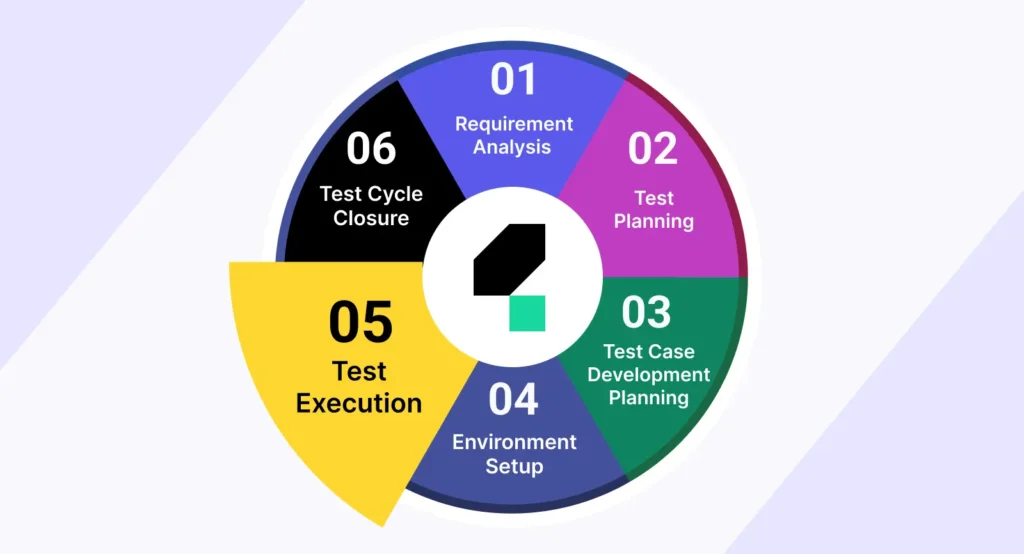Testing is truly the most critical stage of software development. It ensures that a product is performing as expected and meets the requirements prior to reaching the customers. Without proper planning and execution, even the most promising software fails. The testing stage is one that most teams find difficult to plan properly, resulting in delays and defects.
- Knowing the Purpose of Test Execution: Before beginning the test execution phase, one should know why testing is necessary. Testing identifies bugs, validates that the application is not making use of too much resource, and verifies that it is according to user expectations. The goal of Test Execution is to verify whether everything is happening as one wants it to and whether the software is stable across various environments. This stage plays a great role in ensuring a quality product reaches end users.
- Establishing a Suitable Testing Environment: An environment that is properly prepared is required for effective implementation. It must closely match the actual conditions in which the software will be run. Testers must make sure all the configurations, databases, and network settings required are available. If the test environment is incomplete or unreliable, it may provide misleading results and wasted effort. The testing team must have all the tools needed to run the tests successfully in place.
- Designing and Organising Test Scenarios: Good planning is an inherent part of execution. Well-designed Test Scenarios assist in testing all likely scenarios the application could face. Such scenarios must be descriptive and real-life to test every feature stringently. A good Test Scenario is based on anticipated user behavior and system response. It should possess multiple versions to test the system response to different inputs.
- Executing Tests with Precision: It is time to go about the execution phase with the scenarios all set. Testers will need to implement a systematic strategy to run each test case, log results, and cross-check the results with those anticipated. Any differences must be recorded by them and verified for defects as a fact. Any variation from the anticipated result must be verified to ascertain its effect. Tracking the progress of testing must also be done to make sure that no step is omitted or repeated unnecessarily.
- Successful Management and Repairing of Defects: A well-planned program can sometimes contain defects that must be repaired. Detection of defects is merely the start; efficient defect handling makes the process successful. Developers and testers need to coordinate while closing issues reported with a complete assurance of fast fixes. Avoidance of confusion and delay can be facilitated through quality team communications. A defect must be retested after the correction has been made to verify that it carries no lasting consequences to the system.
- Shutting Down the Testing Process: Having completed all the tests and issues fixed, the final process is to verify the result. A quality check verifies all the scenarios that can be encountered are addressed and the software can be shipped. Results, test data, and observations made during the implementation phase need to be documented for future reference. Properly documented testing can easily be applied to enhance future projects and not repeat previous errors.
Conclusion
A good test execution involves thorough planning, well-documented methodology, and ongoing monitoring. Each step, right from the environment setup to defect handling, has a crucial role to play in producing quality software. Emphasizing carefully documented test scenario, teams can reduce risks and ensure that the end product is as expected.
Also Read-Harnessing Technology for Efficient Home Management


